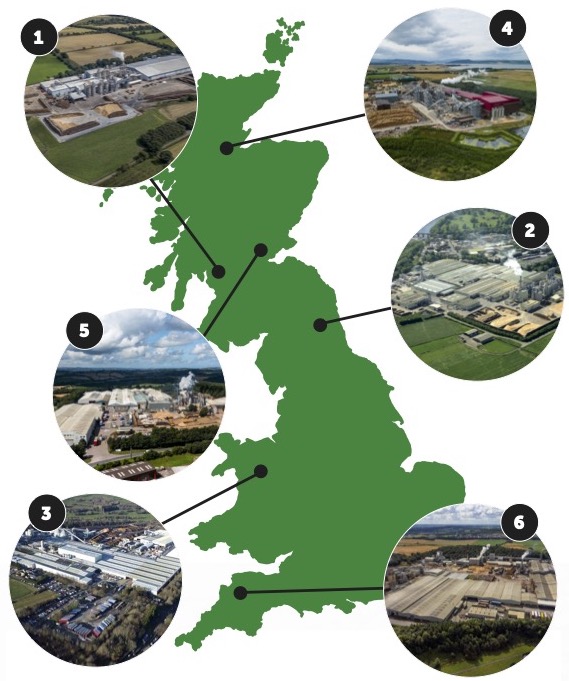The aim of the APPG for the Wood Panel Industry is to highlight the vital contribution that wood panel manufacturers make to the regional and national economies of the UK, and to ensure the sustainable growth of this domestic industry by addressing concerns relating to energy policy and wood security.
All-Party Parliamentary Groups (APPGs) are informal cross-party groups that have no official status within Parliament. They are run by and for Members of the Commons and Lords, though many choose to involve individuals and organisations from outside Parliament in their administration and activities.
The APPG for the Wood Panel Industry is Chaired by Selaine Saxby MP (Conservative Member of Parliament for North Devon) and has cross-party support from Labour, SNP, Liberal Democrat, DUP and Plaid Cymru.
About the Wood Panel Industry

There are three significant wood panel manufacturers in the UK – West Fraser, Egger and Kronospan – which operate across six sites, located in England, Scotland and Wales.
- EGGER Barony – Barony Rd, Auchinleck, Cumnock KA18 2LL
- EGGER Hexham – Anick Grange Road, Anick, Hexham NE46 4JS
- Kronospan Chirk – Maesgwyn Farm, Wrexham LL14 5NT
- West Fraser Inverness – Morayhill, Inverness IV2 7JQ
- West Fraser Cowie – Station Rd, Cowie, Stirling FK7 7BQ
- West Fraser South Molton – Hill Village, South Molton, Devon, EX36 4HP
Economic Benefits
The industry makes a significant contribution to the UK economy by supporting local, regional and national employment and supply chains:
» The average number of monthly directly employed persons was 2,113 in 2022.
» The total number of jobs dependent on the industry — direct and indirect — is approximately 7,500.
» The average salary of those employed in the industry is £36,235.
» The sector has a combined turnover of over £1 billion per annum, with direct taxes of around £75 million
Environmental Benefits
The UK’s wood panel industry offers key environmental benefits by using wood as its primary resource and in its ambition towards achieving Net Zero.
When used in the built environment wood panel products both store carbon and displace other high-carbon materials. Growing trees sequester carbon from the atmosphere which is then stored within that tree on feeling and conversion into a wood product. Using these products in building the carbon is then locked in and stored and these materials displace other high-carbon materials.


